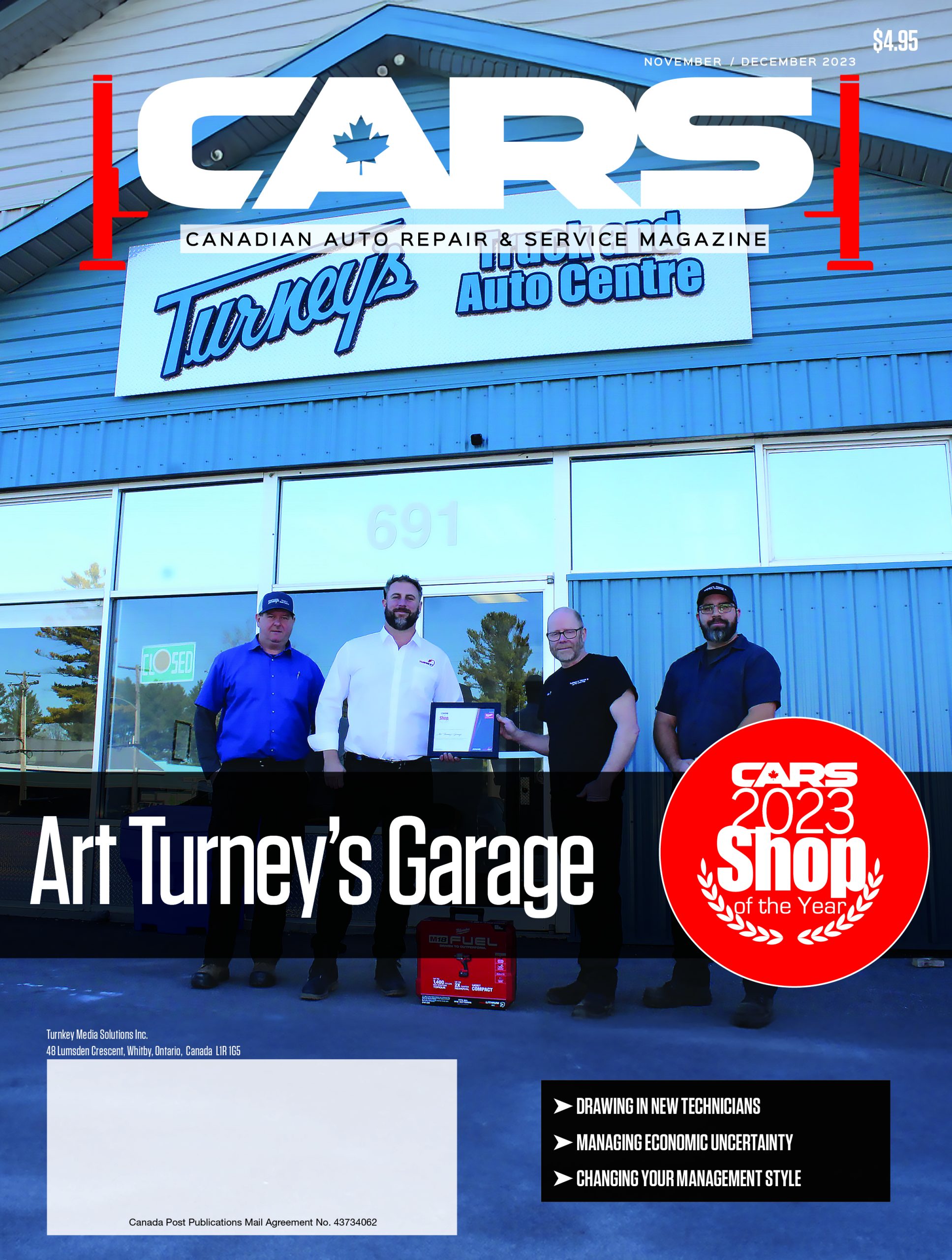
Maintenance and Repair Study Reveals Multibillion-Dollar Opportunity for Dealers
Automotive dealerships only capture approximately 30% of total service visits, and are missing out on billions in service revenue annually, according to the Cox Automotive 2016 Maintenance and Repair Study.
The study found that 25% of respondents took their vehicles to a general repair shop, while 14% utilized quick lube locations and 11% went to tire stores. The remaining 20% were split among retailers, specialists (like Midas), body shops or “other.”
In general dealerships were seen as offering the highest quality and most knowledgeable staff, but lost out to general repairers on cost and convenience. The top five reasons that service customers did not go to the dealer were total cost, fears they would be overcharged, unreasonable labor charges, unreasonable parts charges and distance/location.
“Dealers are well positioned and have a lot of credibility when it comes to being experts in vehicle repair, and having certified, qualified technicians,” says Joe Richards, director of research and market intelligence at Cox Automotive. “They are perceived as being high in quality, but also high in price. With the right messaging and price transparency, there is an opportunity to grow the service business.”
“Dealers that focus on the service experience have the potential to add millions of dollars of revenue,” said Cox president Sandy Schwartz at the recent J.D. Power Forum. “This study highlights key drivers of customer satisfaction that dealers need to address – value, trust and convenience.”
The study is based on a survey of 4,455 consumers who had maintenance or repairs performed on their vehicle by a third party at least once in the prior 12 months.
Price transparency could boost business
According to the study, key areas where dealers could improve their position in the market include transparency, awareness and the customer experience.
Customers continue to view dealerships as the more expensive option, even though the price gap is not nearly as big as is often believed (and in some cases, there is no price difference). According to the study, 58 percent of respondents said cost was the reason they did not return to the dealership for service, while 34 percent said they felt the dealer would overcharge them.
As a result, vehicle owners take their cars to aftermarket providers that they feel will provide better value, or where they have already established a positive relationship. Dealerships should be as open and transparent as possible about pricing, and offer comparative pricing information if possible.
Communication is another area where dealers could potentially improve their performance. Because dealers already have customer information on hand, they are able to easily communicate service reminders or recall notices. According to Cox, nearly one-third of respondents relied on maintenance, service or recall notifications from the dealership or the manufacturer. However, more than one-third of consumers were unaware of their vehicle service schedule or recalls. Luxury and import owners rely more on dealer notifications than non-luxury and domestic vehicle owners.
Improving the overall customer service experience can also benefit dealers. According to the study, 85% of respondents said that the service department experience affects their likelihood to purchase, but 72% of those who purchased did not return to the dealerships for service in the following year. Customers who are introduced to the service department at the time of purchase are 1.5 times more likely to return for service, and more likely to purchase another vehicle from the same dealership. Only
41% of respondents reported being introduced to the service department at the time of purchase.
Dealers should also find ways to sell or extend warranties and service agreements for existing customers. Dealerships should provide helpful information on the value of these agreements on their website in order to help drive sales.
Dealers also struggle with geographic proximity issues. Many dealerships are located on the outskirts of cities or suburbs because of both space and zoning considerations. However, Cox found that 70% of service visits occur less than 10 miles from customers’ homes.
According to Richards, some dealerships are solving this problem by offering loaner vehicles or pickup/drop-off services, in addition to more flexible evening and weekend hours. The report also suggests establishing a local service network with other dealers (or even third-party providers) so customers have more options when it comes to utilizing their purchased service contracts.
“Service centers are placed where real estate is less expensive, but giving your customers a great experience can help get around that location barrier,” Richards says.
Like other studies, the Cox survey found that consumers are underutilizing Web-based services for their vehicles. The majority (69 percent) of service visits are scheduling over the phone, with just 14 percent using the provider’s website. The study suggests that dealerships align their service models to consumer convenience expectations and implement online scheduling, and then making sure customers are aware of the option.
“A lot of the communication is via phone right now, but we think that the future is going to be digital and automated,” Richards says. “That may be text messaging, or online scheduling of appointments or vehicle pick up.”
In fact, Richards says that in the future dealerships will provide automatic reminders via text for regular service visits, and allow customers to schedule via pick-ups via their mobile phones. Customers may also be able to receive updates and approve service via mobile apps, and even pay their bills online.
“All of this will be tracked and well documented, and that will help the dealer convey that transparency and trust,” Richards says. “That can lead to repeat business. If they have that great experience, they are more likely to come back for service as well as purchasing more vehicles at that dealership. That’s where we think service is headed.”
.png)







Have your say: